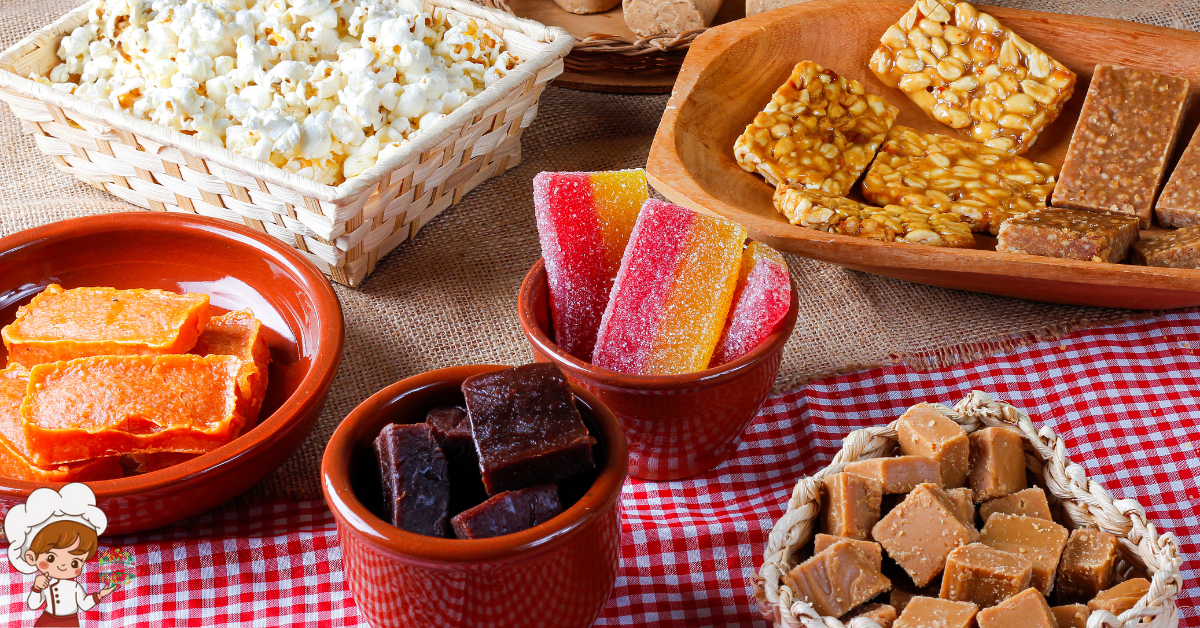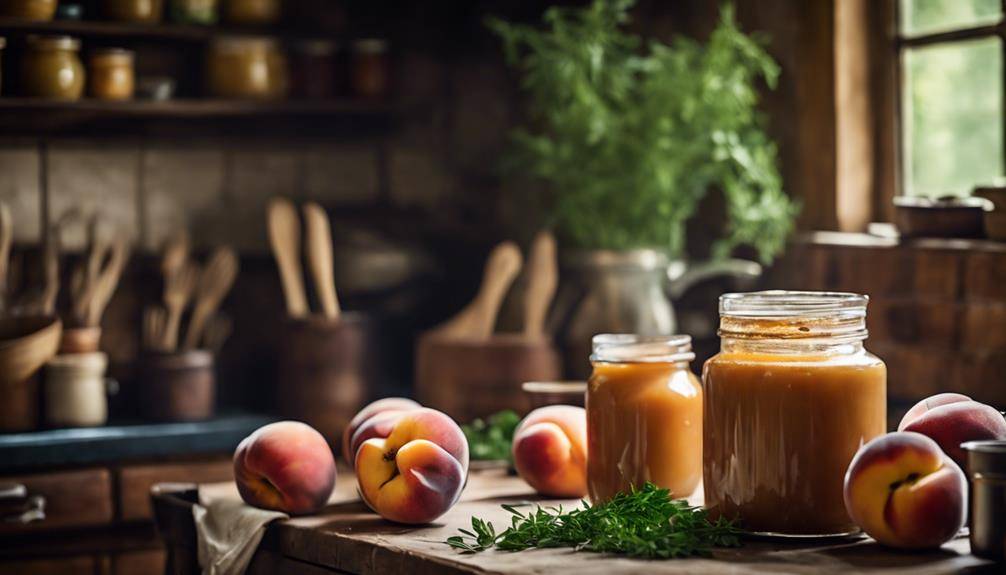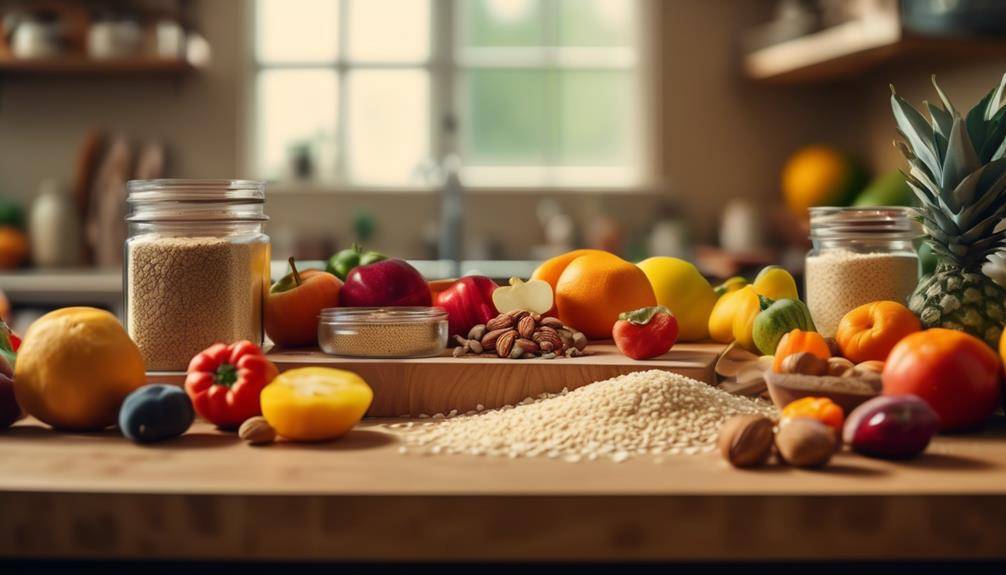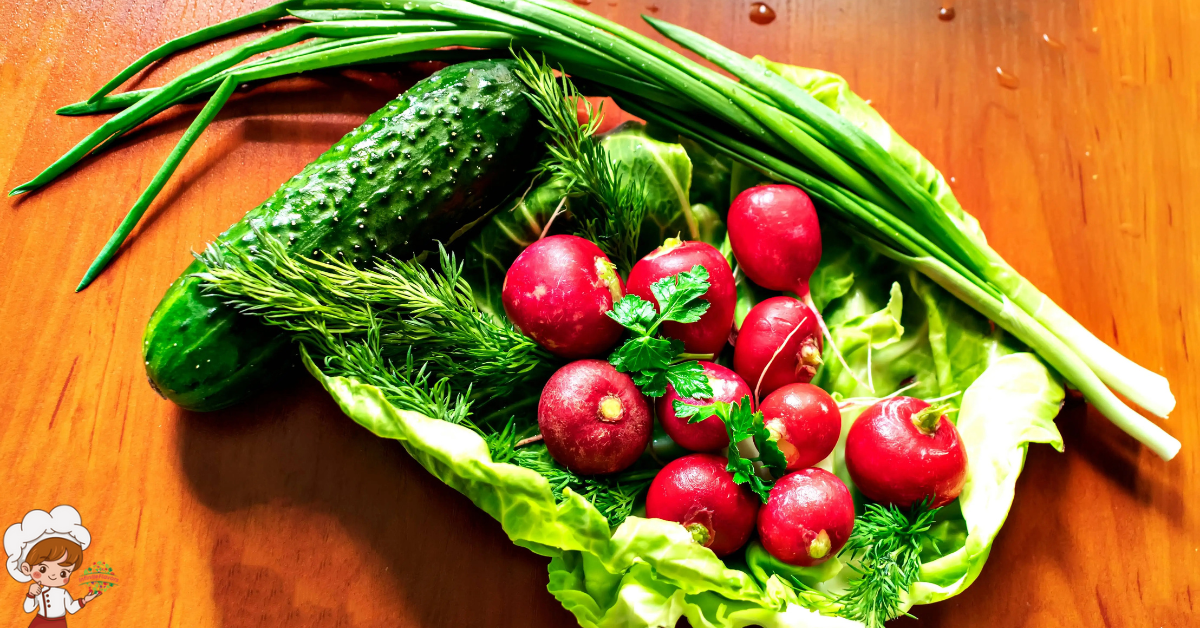Great Techniques To Improve Your Baking Skills
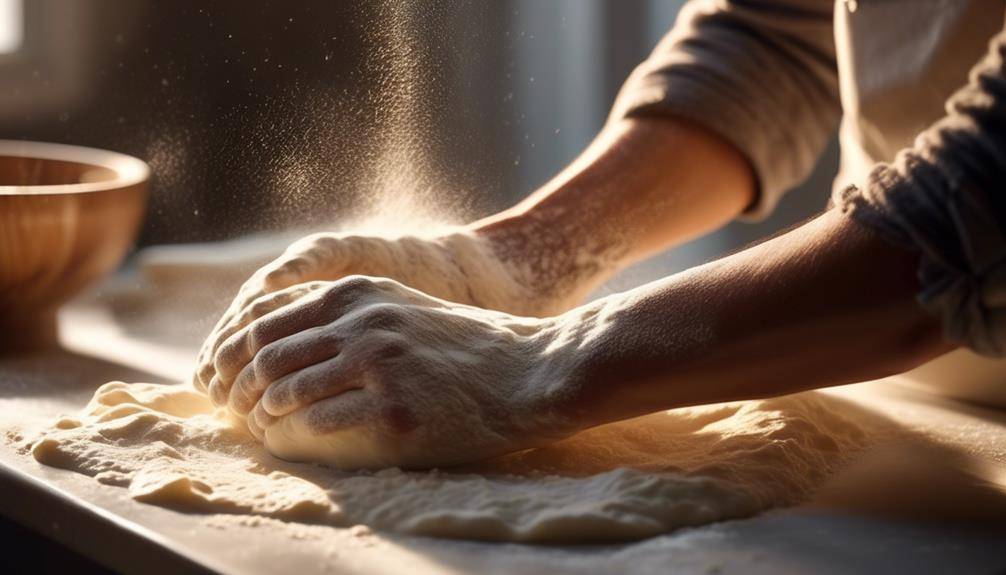
Techniques To Improve Your Baking; Imagine stepping into a warm, cozy kitchen, the scent of freshly baked cookies wafting through the air. The sight of golden crusts and perfectly risen cakes fills you with a sense of admiration and a desire to create your own delicious creations. But where do you begin? How do you take your baking skills to the next level? In this discussion, we will explore a variety of techniques that will help you improve your baking skills and elevate your creations to new heights. From mastering the art of dough handling to troubleshooting common baking issues, get ready to embark on a journey of culinary excellence.
Measuring and Scaling Ingredients
To improve your baking skills, it is crucial to master the art of measuring and scaling ingredients accurately. Whether you are a novice or an experienced baker, following proper measuring tips and understanding ingredient substitutions can make a significant difference in the final outcome of your baked goods.
When it comes to measuring, always use the appropriate tools for the job. Invest in a good set of measuring cups and spoons, as well as a kitchen scale for measuring ingredients by weight. Remember to level off dry ingredients, such as flour and sugar, with a straight-edged knife for precise measurements. For liquids, use a clear liquid measuring cup placed on a flat surface and read the measurement at eye level for accuracy.
In baking, ingredient substitutions can be a lifesaver when you run out of a particular ingredient or need to accommodate dietary restrictions. However, it’s essential to understand how different substitutions will affect your recipe. For example, if you’re substituting butter with oil, keep in mind that oil has a higher fat content, which may affect the texture and flavor of your baked goods. Similarly, using a non-dairy milk substitute in place of regular milk may result in a slightly different taste and texture.
To ensure successful ingredient substitutions, it’s best to consult reliable baking resources or recipe books that provide specific guidelines for different substitutions. Additionally, keep in mind that some substitutions may require adjustments in other ingredients or baking times, so it’s always a good idea to do a test run or small batch before making larger changes.
Understanding the Science of Baking
Understanding the science of baking is essential for improving your skills and achieving consistent, delicious results in the kitchen. Baking is not just a simple mix and bake process; it involves various chemical reactions that transform the ingredients into a delightful treat. By understanding these reactions, you can make informed decisions and adjust your techniques to achieve the desired outcome.
One important aspect of understanding the science of baking is knowing how different baking techniques affect the final product. For example, creaming butter and sugar together creates air pockets, resulting in a lighter and fluffier texture. On the other hand, incorporating melted butter or oil will lead to a denser texture. Similarly, understanding how to properly fold in ingredients, such as egg whites, can make a significant difference in the final texture of your baked goods.
Chemical reactions also play a crucial role in the baking process. For instance, when leavening agents like baking powder or baking soda come into contact with moisture and heat, they release carbon dioxide gas, causing the dough or batter to rise. This reaction is what gives baked goods their airy and light texture.
Moreover, understanding the role of proteins, such as gluten, in baking is essential. Gluten provides structure and elasticity to the dough, giving it the ability to trap the gas produced by the leavening agents. Controlling the formation of gluten is crucial in achieving the desired texture.
Mastering Different Mixing Techniques
Mastering different mixing techniques is essential for achieving professional-level results in your baking. Whisking techniques and folding methods are two important skills that every baker should learn and practice.
When it comes to whisking, there are a few key techniques to keep in mind. One is the classic back-and-forth motion, where you move the whisk in a quick, fluid motion to incorporate air into your batter or dough. This is especially important when making cakes or meringues, as it helps to create a light and fluffy texture. Another whisking technique is the circular motion, where you whisk in a circular pattern to evenly distribute ingredients and ensure thorough mixing. This is often used when making sauces or custards.
Folding, on the other hand, is a gentle technique used to incorporate delicate ingredients, such as whipped cream or egg whites, into a heavier mixture. To fold, use a spatula or a large spoon to gently lift the mixture from the bottom and fold it over the top. Repeat this motion until the ingredients are just combined, being careful not to overmix and lose the airiness that you’ve worked so hard to achieve. Folding is commonly used when making soufflés, mousses, and chiffon cakes.
Perfecting the Art of Dough Handling
Perfect your baking skills by honing your technique in handling dough with precision and finesse. The way you handle your dough can greatly impact the final outcome of your baked goods. To achieve that perfect texture and shape, it is essential to master the art of dough shaping and kneading.
When it comes to shaping dough, there are various techniques you can employ depending on the type of baked good you are making. For bread, you can use the traditional method of rolling and shaping by hand or try using a dough scraper for a more precise shape. For pastries and pie crusts, gently pat the dough into a disc shape before rolling it out evenly with a rolling pin. Remember to keep your work surface well-floured to prevent sticking.
Kneading is another important aspect of dough handling. It helps to develop the gluten in the dough, resulting in a better texture and structure. To knead dough, start by pressing it down and away from you with the heel of your hand. Fold the dough in half and rotate it a quarter turn. Repeat this process, adding flour if necessary, until the dough becomes smooth and elastic. This usually takes about 8-10 minutes.
When handling dough, it is crucial to avoid overworking it. Over-kneading can lead to a tough and dense final product. Additionally, be mindful of the temperature of your hands and work environment. If the dough becomes too warm, it can become sticky and difficult to handle. In such cases, refrigerate the dough for a few minutes to firm it up.
Utilizing Proper Baking Tools and Equipment
To take your baking skills to the next level, equip yourself with the proper baking tools and equipment for optimal results. Baking tool essentials are a must-have for any baker, whether you are a novice or an experienced baker. These tools not only make your baking process easier and more efficient, but they also help you achieve consistent and professional-looking results.
Choosing the right equipment is key to successful baking. Start with the basics, such as measuring cups and spoons. Accurate measurements are crucial in baking, as even a slight variation can affect the final outcome of your baked goods. Invest in a good-quality digital scale for more precise measurements, especially for ingredients like flour and sugar.
Mixing bowls in various sizes are also essential. They allow you to mix your ingredients thoroughly and provide you with enough space to accommodate different recipes. Look for bowls made of stainless steel or glass, as they are durable and easy to clean.
A stand mixer is a game-changer when it comes to baking. It saves you time and effort, especially when mixing heavy dough or batter. It also ensures even mixing, resulting in a more consistent texture and better rise.
Other baking tool essentials include a rubber spatula for scraping down the sides of bowls, a whisk for incorporating air into your mixtures, a rolling pin for rolling out dough, and a pastry brush for applying glazes and egg washes.
Enhancing Flavors With Spices and Extracts
When it comes to enhancing the flavors of your baked goods, spice pairing is key. Knowing which spices complement each other can take your baking to the next level. Additionally, understanding the difference between extracts and spices can help you choose the right ingredients for your recipes. By incorporating the right spices and extracts, you can elevate the taste and aroma of your baked treats, creating a memorable experience for your taste buds.
Spice Pairing Tips
Looking to enhance the flavors of your baked goods? Let’s explore some spice pairing tips to take your baking skills to the next level. When it comes to flavor combinations, it’s important to strike the right balance between spices. Start by experimenting with classic pairings like cinnamon and nutmeg for warm and cozy flavors. For a more exotic twist, try combining cardamom and ginger for a vibrant and spicy kick.
Don’t forget about the power of extracts! Vanilla extract adds depth and sweetness to almost any baked treat, while almond extract imparts a nutty and aromatic flavor. As for spice storage, keep them in airtight containers away from heat and sunlight to preserve their freshness. With these tips, you’ll be able to create flavor-packed baked goods that will leave everyone wanting more.
Extracts Vs. Spices
Now let’s dive into the world of spices and extracts to further enhance the flavors of your baked goods. Both extracts and spices are flavor enhancement techniques commonly used in baking. Extracts are concentrated liquids that capture the essence of a specific flavor, such as vanilla or almond. They are usually added in small amounts to provide a strong and distinct taste. On the other hand, spices are dried plant parts, such as seeds, roots, or bark, that add flavor and aroma to baked goods.
Common spices used in baking include cinnamon, nutmeg, and ginger. Unlike extracts, spices are often used in larger quantities to create a more complex flavor profile. When using extracts and spices, it’s important to consider the intensity of the flavors and the desired outcome for your baked goods. Experiment with different combinations to find the perfect balance and enhance the flavors of your creations.
Enhancing Baked Goods
To enhance the flavors of your baked goods, incorporate a combination of spices and extracts for a more vibrant and complex taste experience. When it comes to measuring spices, it’s important to be precise. Use measuring spoons to ensure accurate amounts, as even a small difference can significantly impact the flavor. Experiment with different flavor combinations to find what works best for your recipe. For example, cinnamon and nutmeg pair well with apple or pumpkin desserts, while cardamom can add a unique twist to citrus-flavored treats.
Don’t be afraid to mix and match spices to create your own signature flavor profile. When using extracts, such as vanilla or almond, remember that a little goes a long way. Start with a small amount and adjust to taste. By incorporating spices and extracts, you can elevate the flavors of your baked goods and impress your family and friends.
Experimenting With Different Types of Flour
You can enhance your baking skills by exploring the various types of flour available and experimenting with their unique characteristics. Baking with different flour alternatives not only introduces new flavors and textures to your recipes but also offers various health benefits. One popular alternative is gluten-free flour, which is ideal for individuals with gluten sensitivities or celiac disease.
Gluten-free baking has gained popularity in recent years, and for good reason. By using gluten-free flours like almond flour, rice flour, or tapioca flour, you can create delicious treats without the harmful effects of gluten. These flours are made from alternative grains or nuts and are naturally gluten-free, making them a great option for those looking to reduce their gluten intake. Moreover, gluten-free baking can provide a lighter and more tender texture to your baked goods.
When experimenting with different types of flour, it’s important to understand their unique characteristics. For example, all-purpose flour is versatile and can be used in a wide range of recipes, including cakes, cookies, and bread. On the other hand, bread flour has a higher protein content, making it perfect for yeast-based recipes that require structure and chewiness. Pastry flour, with its lower protein content, is great for delicate pastries and pie crusts.
Achieving the Ideal Texture and Consistency
To achieve the ideal texture and consistency in your baking, there are a few key tips to keep in mind. First, pay attention to the recipe’s instructions regarding mixing times and techniques – overmixing can lead to a tough and dense texture. Second, learn to control the consistency of your batter or dough by adjusting the amount of liquid or flour you add, depending on the desired outcome. Lastly, practice patience and precision, as achieving ideal results often requires careful attention to detail and following the recipe closely.
Texture Tips
For achieving the ideal texture and consistency in your baking, consider employing techniques such as incorporating a double preposition or other literary techniques to enhance readability. Texture plays a crucial role in the overall success of your baked goods. To achieve ideal results, there are a few texture tips you should keep in mind. First, make sure to accurately measure your ingredients. Using too much or too little can affect the texture of your final product.
Additionally, mixing your ingredients properly is key. Overmixing can lead to a dense and tough texture, while undermixing can result in a lumpy and uneven consistency. Another tip is to use the right flour. Different types of flour have different protein levels, which can greatly impact the texture of your baked goods. Lastly, ensuring the correct baking time and temperature is crucial. Underbaking can leave your baked goods doughy and chewy, while overbaking can result in a dry and crumbly texture. By following these texture tips, you can achieve the perfect consistency in your baking.
Consistency Control
To maintain control over the texture and consistency of your baking, it is essential to focus on achieving the ideal balance. Temperature control plays a crucial role in achieving the desired results. Ensure that your ingredients, especially butter and eggs, are at room temperature before incorporating them into your batter. This will ensure proper emulsion and a more consistent texture. Additionally, pay attention to the temperature of your oven. Use an oven thermometer to ensure accuracy and make adjustments if necessary.
Ingredient substitution can also affect the consistency of your baked goods. While it’s tempting to experiment with different ingredients, it’s important to understand the impact they can have on your final product. When substituting ingredients, consider their moisture content and binding properties. For example, replacing butter with oil may result in a moister texture, while swapping all-purpose flour with whole wheat flour can lead to a denser consistency.
Achieving Ideal Results
Achieving the ideal texture and consistency in your baked goods requires careful attention to detail and precise measurements. Measuring accuracy is crucial to ensure that you are using the right amount of ingredients. Investing in a good set of measuring cups and spoons will greatly help in achieving accurate measurements. Additionally, using a kitchen scale can provide even more precise measurements for ingredients like flour and sugar.
Adjusting baking time is another important factor in achieving ideal results. Every oven is different, so it’s essential to monitor your baked goods closely during the baking process. Keep an eye on the color and texture of your treats, and rely on your senses to determine when they are perfectly done.
Decorating and Presenting Baked Goods
Enhance the visual appeal of your baked creations by mastering the art of cake decorating and presenting them with finesse. Creative presentation and decorating techniques can elevate your baked goods from ordinary to extraordinary. Whether you are baking a cake for a special occasion or simply want to impress your friends and family, here are some tips to help you create stunning and visually appealing treats.
Cake decorating is an essential skill for any baker looking to take their creations to the next level. Start by ensuring that your cake is level and evenly baked. This will provide a solid foundation for your decorating endeavors. Invest in quality decorating tools, such as piping bags, tips, and spatulas, to help you achieve professional-looking results.
Experiment with different decorating techniques, such as piping, fondant work, and sugar craft. Piping allows you to create intricate designs and patterns, while fondant work allows you to sculpt and shape your cake into various forms. Sugar craft involves using edible materials like gum paste or marzipan to create decorations such as flowers or figurines.
In addition to cake decorating, creative presentation is equally important in making your baked goods visually appealing. Consider the overall theme or occasion when presenting your treats. For example, if you are baking for a birthday party, incorporate decorations that reflect the theme or the person’s interests.
Remember to pay attention to the arrangement and placement of your baked goods. Use cake stands, platters, or tiered displays to create height and visual interest. Add garnishes, such as fresh fruits, edible flowers, or dustings of powdered sugar, to enhance the overall presentation.
Troubleshooting Common Baking Issues
Now let’s tackle the common baking issues that may arise during your baking journey. Making mistakes in baking is common, but with the right troubleshooting techniques, you can overcome them and achieve better results.
One common baking mistake is having a dry or dense cake. This can happen if you overmix the batter, as it develops the gluten in the flour and results in a tougher texture. To avoid this, mix the ingredients just until they are combined, and be sure to measure your flour accurately.
Another issue you might encounter is a cake that sinks in the middle. This can be caused by several factors, such as opening the oven door too early, too much leavening agent, or underbaking. To prevent this, resist the temptation to peek into the oven while your cake is baking, and make sure to follow the recipe’s recommended baking time and temperature.
Burnt edges on your cookies or cakes can also be a common problem. This can be due to uneven heat distribution in your oven or baking at too high a temperature. To fix this, try using an oven thermometer to ensure accurate temperature, and consider rotating your pans halfway through baking.
Lastly, if your bread doesn’t rise properly, it could be because of old yeast, not enough proofing time, or an overly hot or cold environment. Check the expiration date of your yeast, allow enough time for the dough to rise, and keep it in a warm, draft-free place.
Techniques To Improve Your Baking; Frequently Asked Questions
Can I Substitute All-Purpose Flour With Cake Flour in My Recipe?
Yes, you can substitute all-purpose flour with cake flour in your recipe. However, keep in mind that cake flour has less protein, which may affect the texture of your baked goods. It’s best to use the recommended type of flour for specific recipes.
How Can I Prevent My Cookies From Spreading Too Much During Baking?
To prevent cookies from spreading too much during baking, try chilling the dough before baking. Also, make sure to use the right amount of leavening agents and avoid overmixing. These cookie troubleshooting tips will help you bake perfect cookies.
Is It Necessary to Preheat the Oven Before Baking?
Yes, it is necessary to preheat the oven before baking. This ensures even cooking and helps your baked goods rise properly. Preheating also activates the leavening agents in your recipe.
What Can I Do if My Cake Turns Out Too Dry?
If your cake turns out too dry, there are a few things you can do. Try adding a bit of simple syrup or a moistening ingredient like yogurt or applesauce to the batter.
Can I Use Margarine Instead of Butter in My Bread Recipe?
Yes, you can use margarine instead of butter in your bread recipe. However, keep in mind that butter adds a rich flavor while margarine may alter the taste. It’s also important to consider the fat content.
Conclusion
In conclusion, by following these techniques and tips, you can greatly improve your baking skills. From measuring and scaling ingredients to understanding the science behind baking, mastering different mixing techniques, and perfecting dough handling, each step plays a crucial role in creating delicious baked goods. Additionally, utilizing proper tools and equipment, experimenting with different types of flour, achieving the ideal texture and consistency, and honing your decorating and presentation skills will further elevate your baking prowess. Don’t forget to troubleshoot common baking issues along the way for a seamless baking experience. Happy baking!



